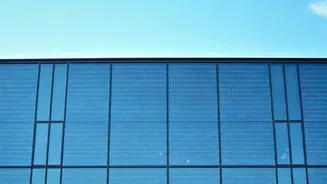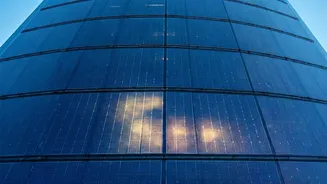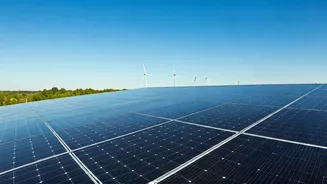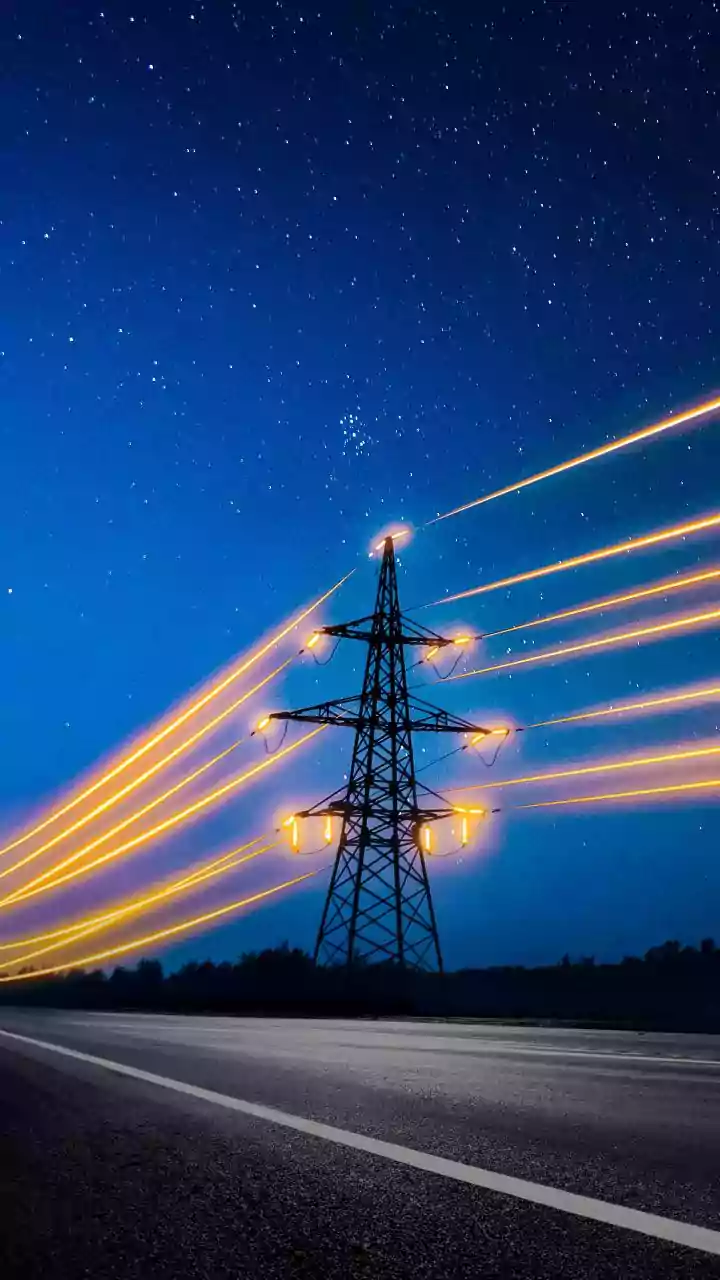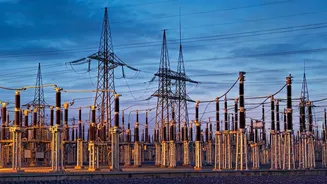Energy Generation Redefined
The conventional approach to solar power typically involves panels that are opaque and designed to be mounted on rooftops or in open spaces. However, the
introduction of semi-transparent solar cells represents a paradigm shift. These cells are designed to allow a portion of light to pass through while simultaneously capturing the energy from sunlight and converting it into electricity. This unique feature makes them ideal for integration into windows, building facades, and other surfaces where traditional solar panels would be impractical or aesthetically undesirable. This innovative design not only addresses space limitations but also opens up exciting possibilities for urban integration and aesthetic design, as these cells can be customized to match the architectural style of buildings.
Record-Breaking Efficiency
Recent breakthroughs have significantly improved the efficiency of semi-transparent solar cells, leading to record-breaking performances. Researchers have developed new materials and manufacturing techniques that allow these cells to convert a higher percentage of sunlight into electricity, making them more competitive with traditional solar technologies. These advancements have not only improved the energy-generating capabilities of the cells but also made them more practical for real-world applications. The continued refinement of these cells holds the promise of even higher efficiencies, further solidifying their role in the future of renewable energy. This enhancement can ultimately lower the cost of solar energy and broaden the scope of its adoption across various sectors.
Transforming Architecture
The integration of semi-transparent solar cells into building design offers exciting possibilities for architects and urban planners. Imagine entire building facades generating electricity, transforming high-rise structures into mini-power plants. This not only reduces the carbon footprint of buildings but also contributes to the sustainability of urban environments. These solar cells can be customized in various shapes, sizes, and colors, allowing architects to integrate them seamlessly into their designs. From sleek modern skyscrapers to historic buildings, these cells offer a versatile solution that blends functionality with aesthetics. This integration approach leads to more sustainable and visually appealing urban landscapes.
Applications Beyond Buildings
While buildings are a primary focus, semi-transparent solar cells have wider applications. They could be incorporated into vehicles, portable devices, and various other products where traditional solar panels are not suitable. Imagine electric cars with solar windows that extend their driving range or smartphones that charge themselves using sunlight. These innovative applications demonstrate the versatility of the technology. The adaptability allows for the creation of self-powered devices and a decrease in reliance on external power sources. The implications of this are significant for sustainability and energy independence across multiple sectors, ranging from transportation to consumer electronics.
The Future of Energy
Semi-transparent solar cells signify a major step toward a more sustainable and energy-efficient future. As research continues and technology matures, these cells are poised to play an increasingly important role in the global shift towards renewable energy. The combination of increased efficiency, versatility, and aesthetic appeal makes them an attractive option for both new construction and retrofitting existing structures. With continued advancements and growing awareness, we can anticipate a world where the buildings around us not only provide shelter but also contribute to the generation of clean, sustainable energy. These developments are contributing to a future that prioritizes both environmental and economical well-being.
